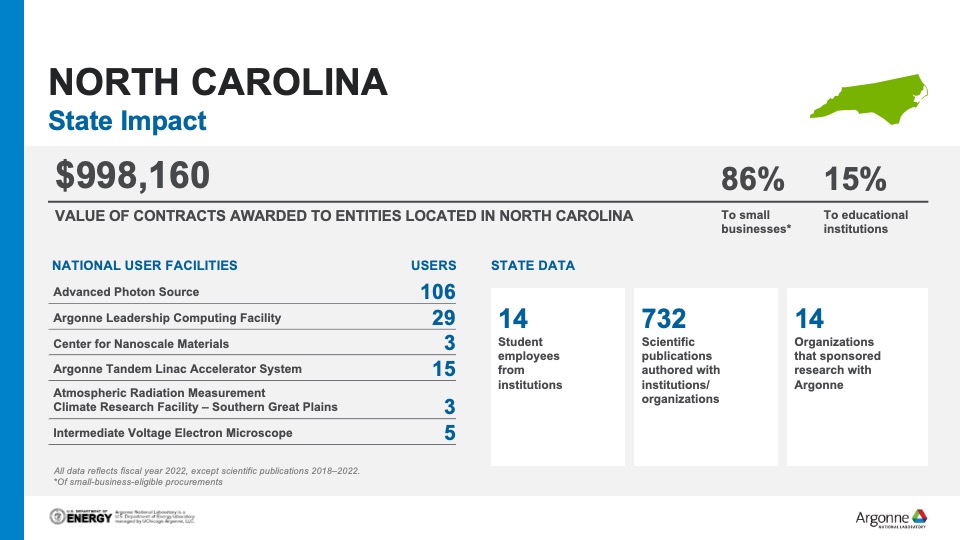Duke scientist helps prepare Argonne supercomputer Aurora for science at extreme scale
Biomedical engineer Amanda Randles of Duke University (Durham, NC) is one of 15 scientists whose research has been named to the Aurora Early Science Program (ESP) at the U.S. Department of Energy’s Argonne National Laboratory. Expected in 2022, the Aurora supercomputer will be one of the nation’s first exascale systems, capable of performing a quintillion calculations per second.
To ready the supercomputer for the scientific user community, the ESP is designed to prepare key applications, libraries and infrastructure for Aurora’s architecture and scale. The ESP also allows researchers to pursue innovative computational science projects not possible on today’s leadership-class supercomputers.
Chosen projects span a wide range of disciplines in key scientific areas and numerical methods. Research teams receive hands-on assistance to port and optimize their applications for the new architecture. Dr. Randles’ research uses machine learning to develop a deeper understanding of the trajectory of cancer cells in the circulatory system.
Argonne, North Carolina scientists make pivotal discoveries in electronic stopping
A team led by Yosuke Kanai of the University of North Carolina at Chapel Hill is leveraging the power of supercomputers at DOE’s Office of Science User Facility, the Argonne Leadership Computing Facility. The team is using predictive simulations to model electronic stopping, the transfer of kinetic energy from fast ions to molecules.
For many decades, scientists have attempted to understand how this energy transfer works. Recent innovations in first-principles calculation methodologies and massively parallel supercomputers are enabling scientists to run accurate simulations of these processes at the atom-scale level. These simulations are proving to be critical to scientific advances in many fields. Dr. Kanai and his team are studying electronic stopping in DNA that is exposed to radiation. Building a greater understanding of electronic stopping processes at the molecular scale, the team hopes to help further advances in understanding the mechanisms in proton-beam therapy, a technique used in cancer treatment.
North Carolina State University/Argonne study leads to important findings for nuclear reactors
Today’s nuclear reactors produce electricity by first converting water into steam — a process that generates millions of bubbles. And those bubbles, scientists say, hold the answers to many of nuclear engineering’s most pressing questions.
North Carolina State University (Raleigh, NC) professor Igor Bolotnov uses the power of Argonne’s supercomputers to study bubble behavior — dynamics that play a critical role in determining the overall performance of today’s light water nuclear reactors, both in terms of their safety and economics. With a team that includes Argonne nuclear engineer Jun Fang, researchers are able to simulate bubble behavior under extreme conditions in the reactor core, enabling the observation of bubble behavior that was almost impossible before the emergence of high-performance computing.
The tremendous scale of Argonne’s supercomputers has created exciting opportunities to study complex reactor thermal-hydraulic phenomena. Today’s advances in thermal-hydraulic analysis and interface-resolved simulations will help pave the way to the next level of understanding of two-phase flow behavior in energy systems.



